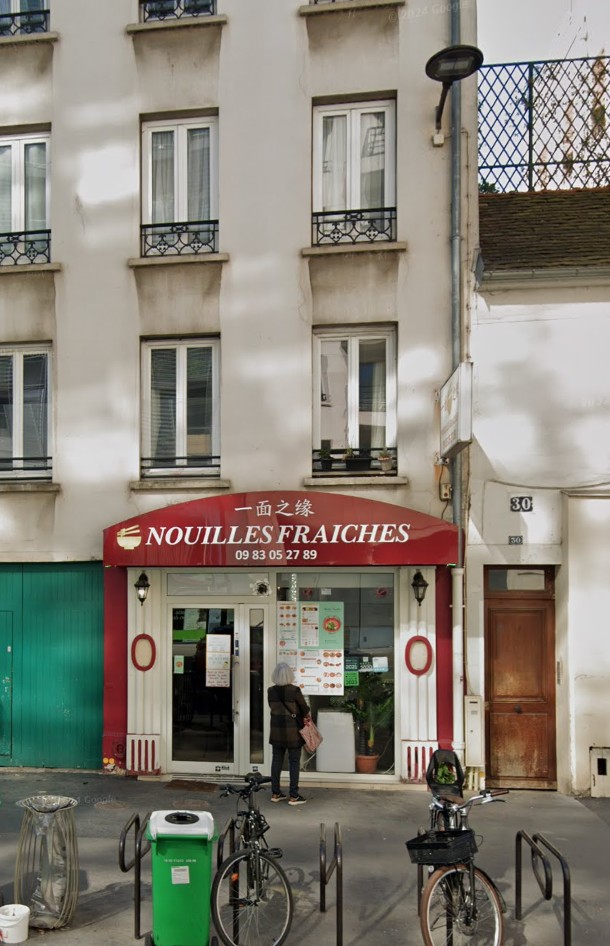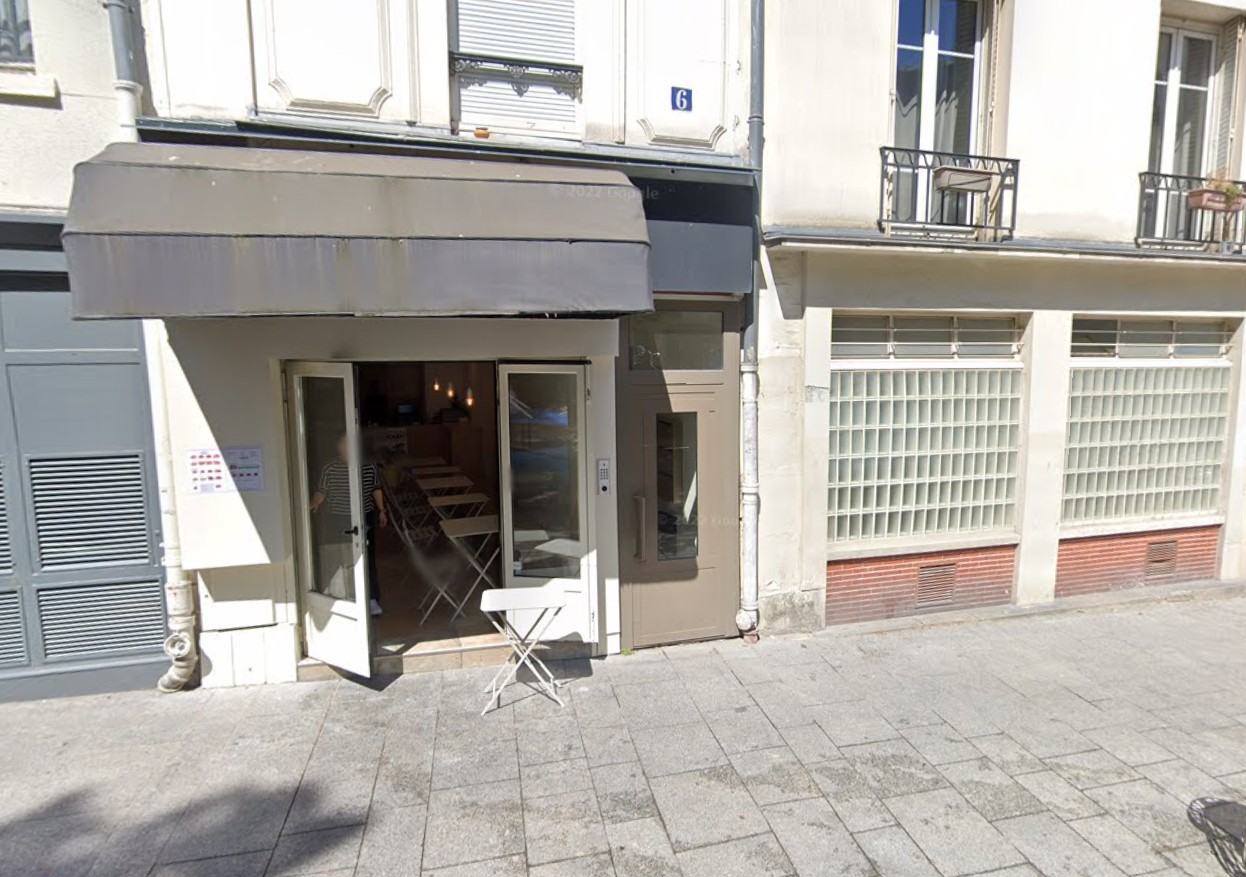France’s taxe d’habitation has seen major reforms in recent years. While it’s officially abolished for most residents, some people still receive tax notices—and if you’ve moved abroad after […]
Opening a Bank Account in Paris as a Foreigner: What I Wish I Knew
When I first moved to Paris, opening a bank account felt more like a rite of passage than a simple task. It was confusing, bureaucratic, and—let’s be honest—a […]
The One Thing That Works Fast in France: Parking & Traffic Fines
If you’ve lived in France—or even visited—you probably know how slow the administrative process can be.Bank accounts, paperwork, medical appointments… everything takes time. But there’s one exception:Parking and […]
Parking in Paris: What You Need to Know by Arrondissement
Parking in Paris can be a complex and costly affair, especially in the city center. Understanding the parking fees and regulations across different arrondissements can help you plan […]
Things to Know Before Driving in Paris
“Especially Watch Out for Bicycles and Motorbikes.” If you’re planning to drive in Paris — whether with a rental car or your own vehicle — there’s something more […]
Understanding the Academic Calendar and Grade Placement at International Schools in Paris
“From Korean School Year to International System – What Should Parents Know?” One of the most common concerns Korean families have when moving to Paris is this: “If […]
Do Parents Need to Accompany Their Child to School in Paris?
A Guide Based on ICS and Other International School Practices When preparing to send your child to an international school in Paris — such as ICS, EIB, or […]
What to Prepare Before Starting an International School in Paris: A School Supply Guide for Parents
If your child is about to begin their journey at an international school in Paris — such as ICS, EIB, or any of the many global institutions here […]
Nouilles fraîches: Simple and Satisfying Vietnamese Near UNESCO Paris
If you’re around the UNESCO headquarters in Paris’s 15th arrondissement and looking for a quick, affordable, and tasty lunch — Nouilles fraîches is a solid option.It’s the kind […]
Olive Chicken: When You Miss Korean Fried Chicken in Paris
There are times when all you want is crispy, juicy Korean fried chicken — boneless, perfectly seasoned, and served just the way you remember from home.For me, that […]


